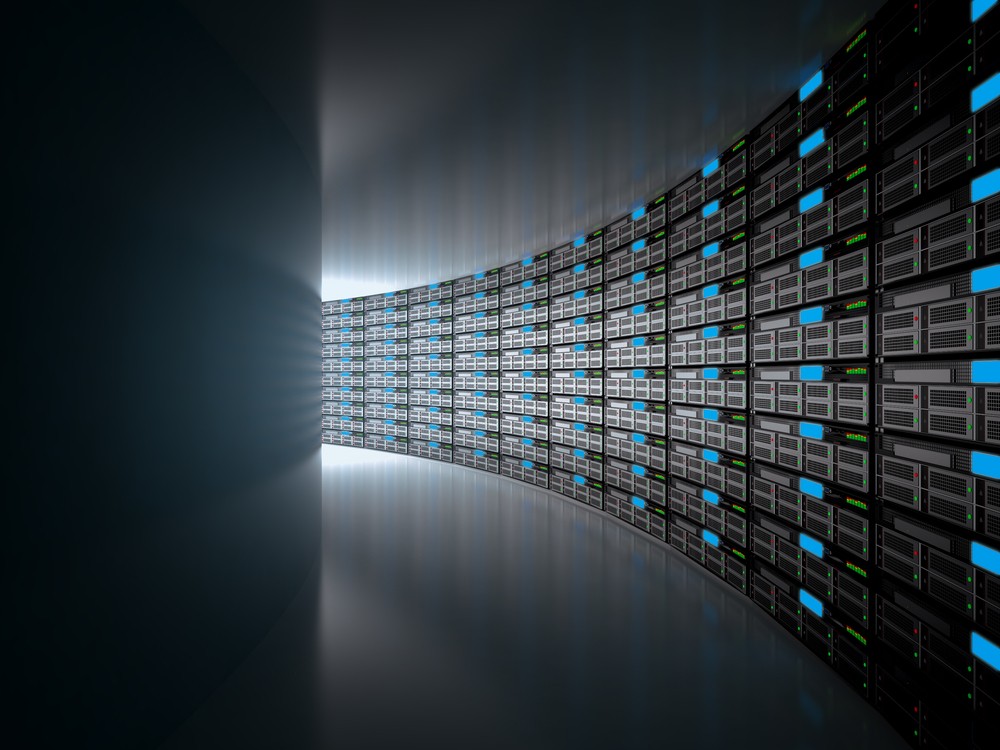Artificial intelligence is a key part of this overhaul as energy conservation - to address both cost and environmental concerns - becomes a top consideration for data centres. AI solutions are being deployed in the push to get data centres to become more energy efficient as well as safer and more reliable.
The growth in data traffic volumes shows no sign of letting up, nor does the global demand for high-performance computing. This comes with an increase in high-density servers, the use of graphics processing units and specialised AI processing chips, and all of these generate significantly more heat than traditional CPUs. It leads data centres then to require even more power to dissipate the heat they generate. It’s no surprise then that heat dissipation and energy management have become a vital topic for the data centre industry.
A data centre’s power usage effectiveness, or PUE, is seen as a key indicator for evaluating its energy efficiency. The PUE value rises as the data centre becomes less efficient. Huawei’s cloud data centre in Ulanqab, for example, achieves an annual PUE as low as 1.15, and is seen as a good example of how green data centres should be built.
Huawei has leveraged machine learning to develop its iCooling intelligent thermal management solution for data centre infrastructure and address the energy consumption issue. The iCooling system incorporates deep learning to analyse historical data and identify key factors which affect energy consumption and create a PUE prediction. An optimisation algorithm then establishes the ideal parameters which are transmitted to various control systems.
At Huawei’s cloud data centre Langfang in North China, the deployment of iCooling has resulted in a PUE that is eight per cent lower than it previously was, meaning a big saving in annual power costs. And at a China Mobile data centre in Ningxia the introduction of iCooling technology has reduced the data centre’s total energy consumption by 3.2 per cent, saving more than 400,000 kWh of electricity a year. According to Huawei, as data centre loads increase and AI learning capability improves, six million kWh of electricity will be saved in the data centre every year, the equivalent to a reduction of about three million kilograms of carbon dioxide emissions.
While improved power management is a striking example of the value of AI to the data centre industry, artificial intelligence is proving hugely valuable in the management of data centres in other ways. It’s used to improve the safety and reliability of data centres.
Prior to the introduction of AI, fault detection would need to be done on a case by case basis, isolating the faulty component. By collecting information from the power supply and distribution systems, AI can predict impending device and component failure, warn operations and maintenance personnel, and furnish additional information to assist decision making.
Huawei’s iPower intelligent power supply and distribution technology, for example, can detect and isolate faults and then recover from them at sub-second speeds, improving the reliability of the data centre’s power infrastructure and reducing the risk of fire. iPower also accurately predicts battery life span and health, allowing preventative maintenance before any failure occurs.
Artificial intelligence can also be used to in the data centre to reduce repetitive work and to monitor and manage fragmented resources which might otherwise easily be overlooked. Huawei’s iManager data centre infrastructure management system uses intelligent hardware and IoT sensors to manage power, cooling and space to optimise utilisation, with AI managing the allocation and operation of assets. It’s estimated that iManager increases the resource utilisation rate by 20 per cent. iManager also supports network management, with centralised management for multiple data centres across different locations. As edge data centres increase in popularity, iManager can be used to reduce the need for site visits, thus improving the efficiency of data centre management.
Research from the McKinsey Global Institute finds that AI has the potential to add about US$13 trillion to global economic activity by 2030, and to boost global GDP by 1.2 per cent a year. AI is spurring profound and potentially disruptive changes in the world, and data centres are no exception. The use of AI is leading to safer, more reliable, energy efficient and cleaner data centres. And with the data centre industry forecast to grow by as much as 15 per cent over the next five years, according to M Capital Group, this can only be a good thing.





